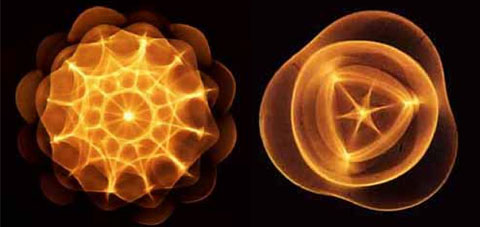Like to start from the BackGround and then on the top of this thing.
This is related only to FerroMagnetic effect of generating free energy from the secondary field.
First step: BackGround
Downloadable .pdf document Step ONE
* Downloads | FerroMagnetic
We go Step By Step until 10th of July The BirthDay of Nicola Tesla
(i like to do and if all goes ok)
.
This is related only to FerroMagnetic effect of generating free energy from the secondary field.
First step: BackGround
Downloadable .pdf document Step ONE
* Downloads | FerroMagnetic
We go Step By Step until 10th of July The BirthDay of Nicola Tesla
(i like to do and if all goes ok)
.
 Cheers
Cheers

 "Magnetic energy is electronic part of this device or this is kinetic energy?"
"Magnetic energy is electronic part of this device or this is kinetic energy?"

 to all for free
to all for free

Comment